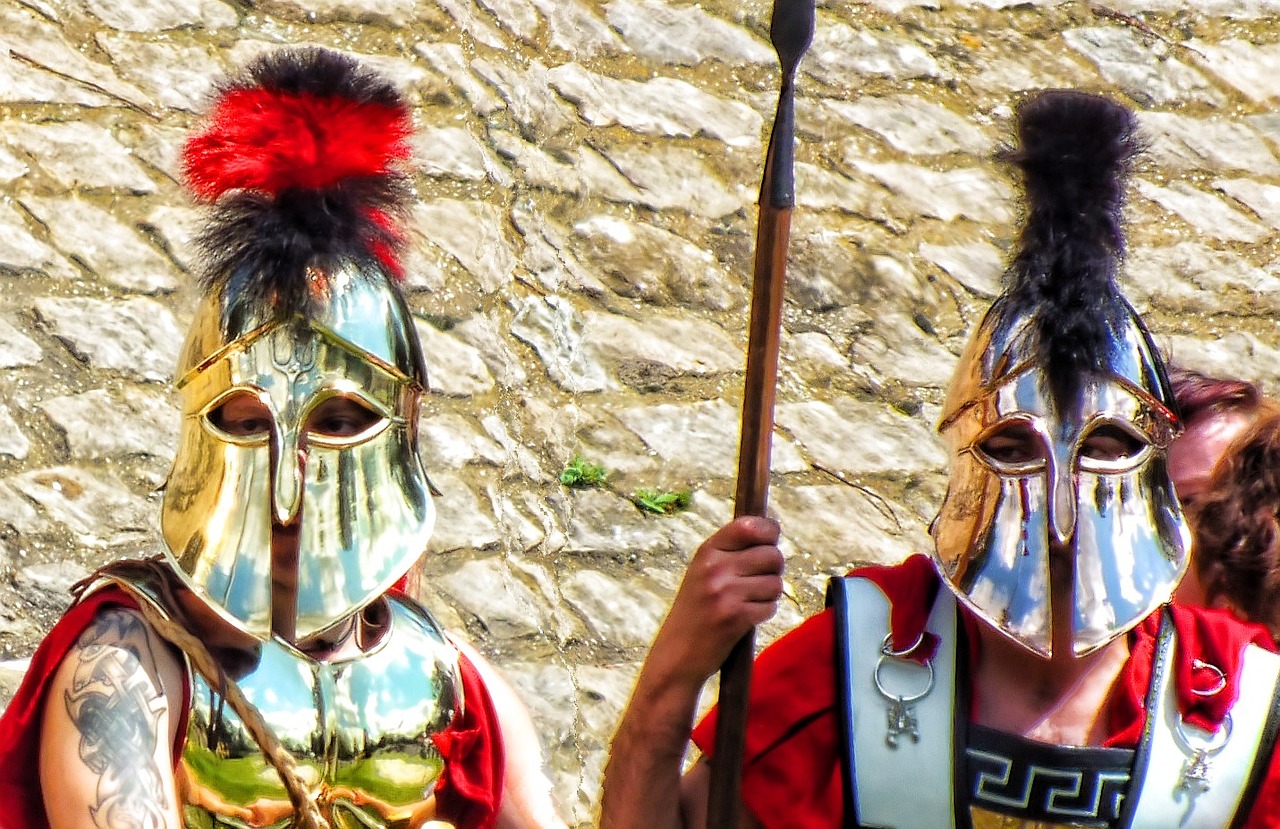TL;DR: Wargames are a great way of learning about history and the conduct of warfare on all levels (tactics, operations, strategy) in a simple, safe, easy to setup environment. This is a multi-post series that presents some wargames. This article focuses on historical wargames. You can find the rest of the series here:
- Part 1: Introduction
- Part 2: Historical Wargames
- Part 3: Tactical Wargames
- Part 4: Operational Wargames
- Part 5: Strategic Wargames
- Part 6: Conclusion
The usual way of teaching history, giving long reading assignments and hoping that the students will somehow get it does not work well for many people (in fact I would say it does not work well for most people). As James Lacey, professor at the Marine Corps War College, states in his article Wargaming in the Classroom , a lot of the background information is missing, so when students study a certain conflict they struggle to place the information in the right context. He goes on to describe how he set up his courses at the Marine Corps War College to ensure that his students really understand what happened, the factors that influenced decisions, and why decisions were made the way they were.
There are a few wargames that lend themselves especially well to understanding history from the point of view of the people in power:
Polis: Fight for the Hegemony
Polis is more of a classic board game and not so much a wargame. It is the game that James Lacey chose at the Marine Corps War College to teach the history of the Peloponnesian War (see link above). Polis lends itself very well to historical study because it has a heavy diplomatic and economic component. As is often the case, the Peloponnesian War was a struggle for power, and economic means were a strong component of that struggle. In this way, players (and students of history) can understand the context in which decisions were made instead of merely reading about what happened.
Learn more about Polis here.
Secret Hitler
Secret Hitler is a card driven game that helps understand how a small, well-organized group of extremists can take power and turn a country around (we have seen this happen in Germany, we have seen it recently happen in Egypt, and we might see it more than we like in the future). The players are randomly divided into liberals and fascists, with liberals always having a majority. One of the fascists is Secret Hitler, the leader of the fascists. As a next step, everybody closes their eyes and the fascists are allowed to open their eyes and see who is on their side. Secret Hitler has his eyes closed, too, but he reveals himself to the fascists. Now the group of players has to vote for a myriad of new laws and regularly elect a new Chancellor. The votes are done in secret. The challenge for the liberals is to guess who the fascists are and prevent them from enacting fascist laws and maneuvering to enable an electoral victory for Secret Hitler. Secret Hitler allows the players to immerse themselves in the atmosphere of doubt and mistrust that dominated those times and played a role in the Nazis’ rise to power.
Learn more about Secret Hitler here (includes free download).
Holdfast: Eastfront
Holdfast: Eastfront (H:E) is a relatively new game of the block game category, meaning wooden blocks are used to represent army-level units. H:E rules are short, easy to learn, and to the point. The game can be quickly set up and played. The blocks are labeled only on one side which creates a fog of war effect, i.e. I know my opponent has troops here, but I don’t know what troops unless I conduct a recon-in-force. There is a supply system in place that abstracts away a lot of details, but it still helps understand the role that supply played in World War 2. Even though H:E is a simple game, not even coming close to the behemoths that dominate the wargaming world, it does a great job of simulating operational action on the East Front. You get a feel for the challenges that the Germans faced, mainly having to destroy the Red Army before it can shake off the cobwebs and get into gear, and the problems that the Russians had, having to delay the Germans as long as possible until crucial reinforcements arrive.
Learn more about H:E here.
Battle for Moscow
Battle for Moscow (BfM) is an introductory wargame that comes in a small package with easy to learn, short rules. It models the final stages of Operation Typhoon, the German push for Moscow. The players command armies (German player) or army groups (Russian player) and again face unique challenges. The German player has to create breakthroughs and quickly push through to take Moscow, with the autumn muds looming. The Russian player has to prevent the Germans from creating or exploiting breakthroughs and delay him as long as possible until the Germans are exhausted and Russian reinforcements arrive.
Learn more about BfM here.
